Midwife invents a moving mattress to help in childbirth
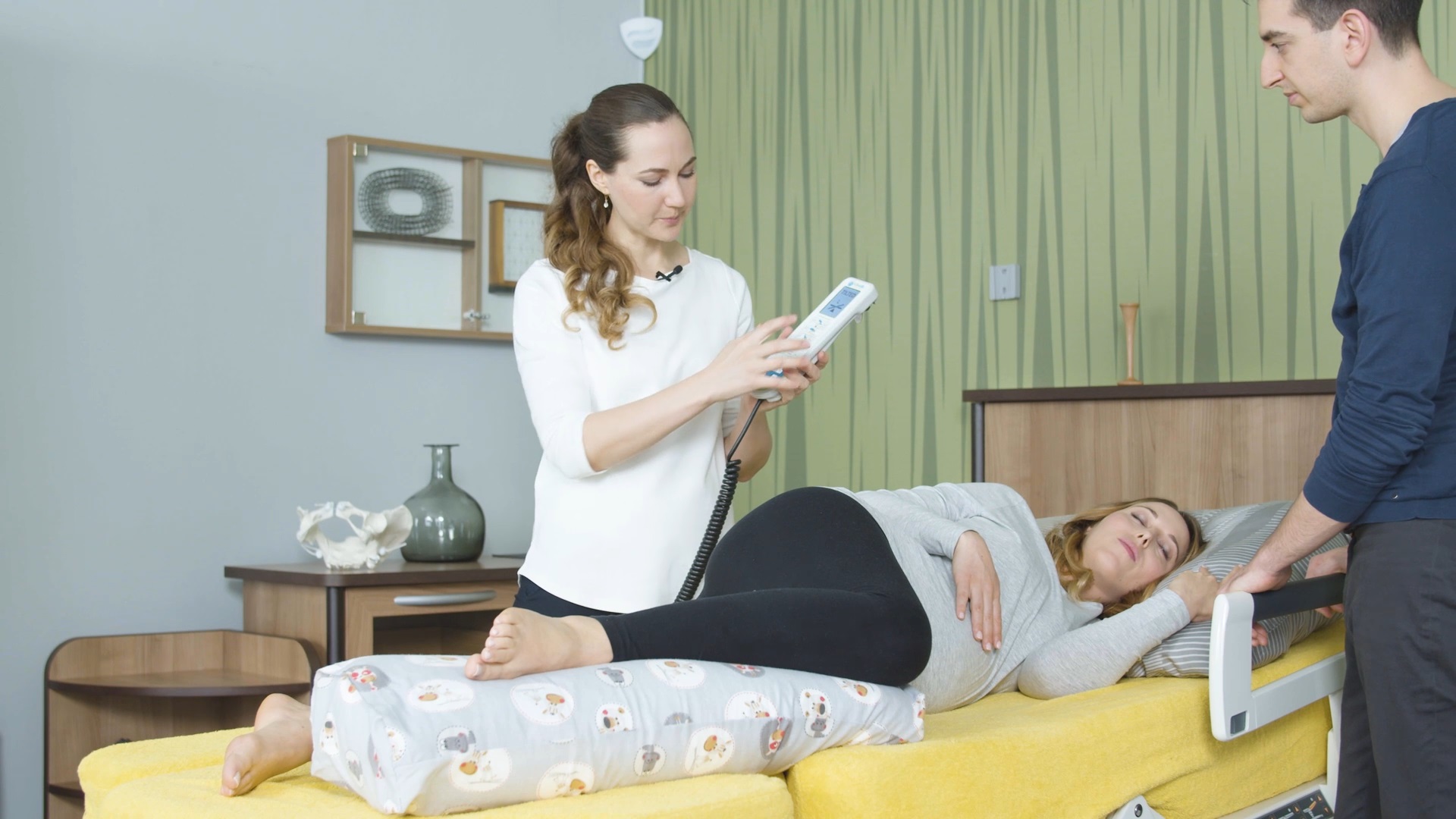
As a young midwife, Anna von Siebenthal was frustrated at not having enough time to spend with women in labour. Inspired by a real-life emergency, she developed a special childbirth mattress based on mobilisation technology, soon to be produced by Europe’s largest hospital bed manufacturer.
“When I was working as a young midwife student in a hospital, we had a woman transferred from a home birth,” Anna says. “She was fully dilated but the baby was not coming out. To get from home to the hospital she was moved on and off the trolley and bumped around a little on the ambulance ride.”
When the expectant mother arrived at the hospital the baby had descended and was born a few minutes later. “I remember thinking, if only we could get that nice rocking motion of the ambulance into the room.”
That was the genesis of the Vibwife mattress, a design that fits onto birthing beds and replicates movements which have been practised in different cultures for generations to ease the process of labour. Anna started researching the idea in 2014 and founded a company with her partner, systems engineer Tobias von Siebenthal, the following year, while still working part-time as a midwife.
Switzerland has one of the highest C-section rates in Europe at 32%, which is a concern because C-section birth is higher risk for both mothers and babies.
“There is evidence that shows if you support the woman and keep her upright and moving that she will have fewer complications and have a better chance of avoiding the cascade of problems that leads to an unplanned C-section,” says Anna. “But there often isn’t time to provide that level of care.”
Natural movements
Once Anna had the idea, she wanted to check if it was original. This meant making a trip to the Swiss patent office (Swiss Federal Institute of Intellectual Property) and spending the whole day searching.
“The closest thing we found was a patent from Japan from the 1960s where they tied the woman to a round surgical table and spun her around. The idea was that the centrifugal force would make the baby come out. Luckily, it was never actually made.”
The movements Anna had in mind for her birthing mattress were much more natural. “They are movements I would do manually as a midwife to the pelvis of the woman, or I would encourage her to do herself if she can. Things like the figure-of-eight movement you get from walking up or down stairs. Or rocking from one side to the other. We would put a sheet under the woman and together with a second person, we would rock the pelvis.”
Anna joined a start-up programme in Zurich for female-led ideas called Aspire, where she says she had “the best mentor we could hope for” and was connected with Switzerland Innovation Park, a network of business development hubs.
Michael Sauter at the Innovation Park, who had previously developed a medical anti-pressure mattress, helped Anna and Tobias get the funding to produce a prototype with engineers from his organisation and from the Bern’s University of Applied Sciences. Vibwife became a limited company in 2015.
Scaling up
Vibwife went on to commission a few versions of the prototype until their medical device obtained the CE mark which demonstrates compliance with the health, safety, and environmental protection standards for products sold within the European Economic Area.
The next step was a clinical studyExternal link designed by University Hospital Basel. The study concluded that the Vibwife mattress “could be an interesting and potentially beneficial addition to obstetric practice”. Overall, the women and midwives who participated in the study rated their satisfaction with the product as “excellent”.
Thirteen Vibwife mattresses are now in use in five hospitals: three in Switzerland, one in Germany and one in Austria.
Anna says the strategy was about starting small and making improvements before expanding.
“We went to a few congresses and wrote an article in a midwives’ magazine, and some hospitals contacted us and were really interested,” she says. “We only wanted to have a limited number of innovative hospitals for this phase because we wanted to learn what needs to be improved on a small scale before we begin production.”
Entering the global market
Last year, Vibwife linked up with Europe’s largest hospital bed manufacturer LINET Group, operating in the Czech Republic. “With our partner we are preparing for the industrialisation of the device, to make the birthing mattress scalable. The next step is to enter the world market.”
In her years as a midwife, Anna observed a lack of innovation for labour and maternal health. Because there is so little research on this vulnerable population, a lot of medicines are used off-label.
With medications used during birth, “we work in grey zones and it’s not a good place to be. That’s why chief physicians who see our product are so excited because there is finally something new for the wellbeing of the woman and the birth mechanism, and not only another drug for them to test.”
Anna is now expecting her first child and is very excited to have the opportunity to test her innovation during birth.

In compliance with the JTI standards
More: SWI swissinfo.ch certified by the Journalism Trust Initiative
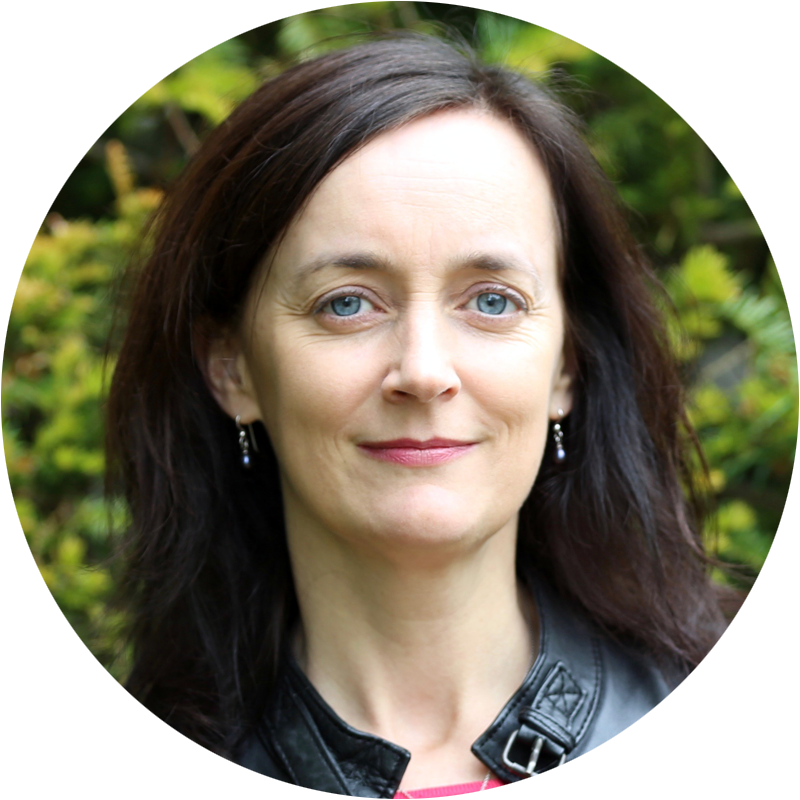








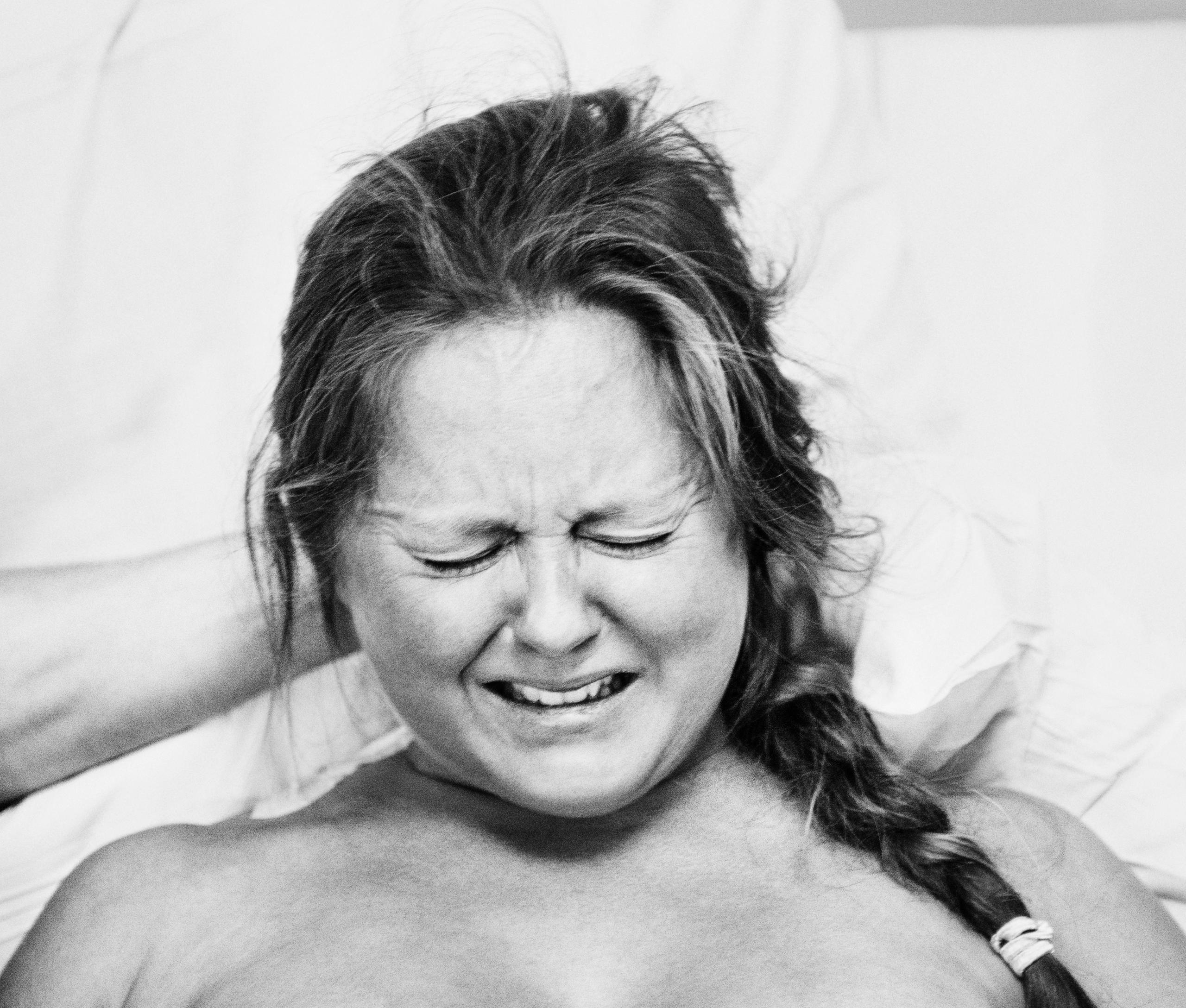
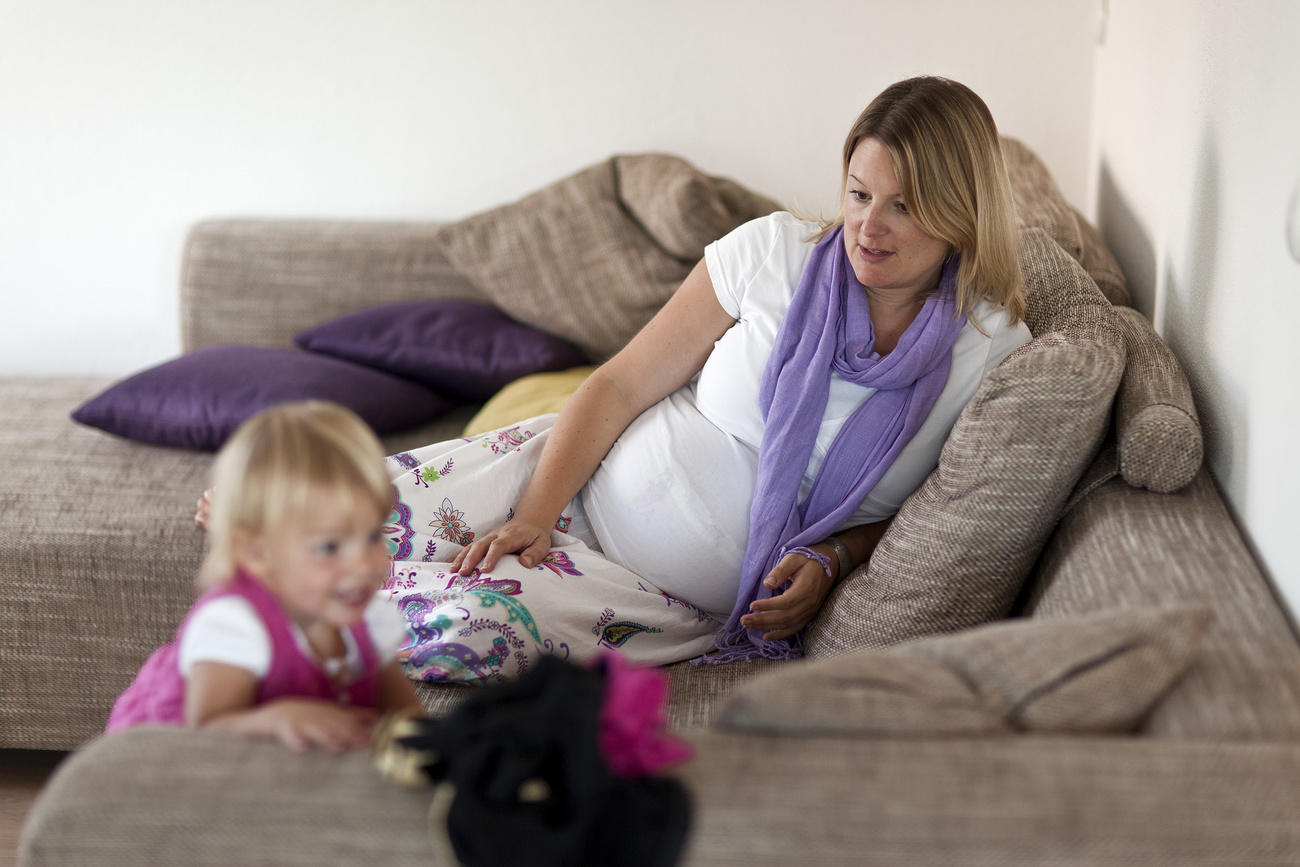
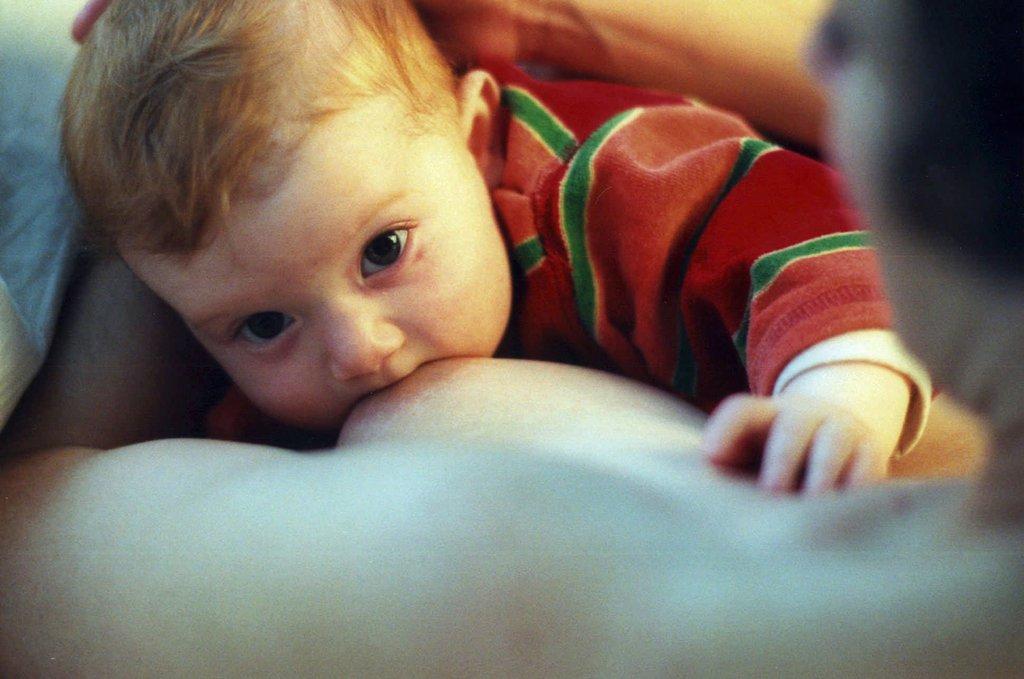
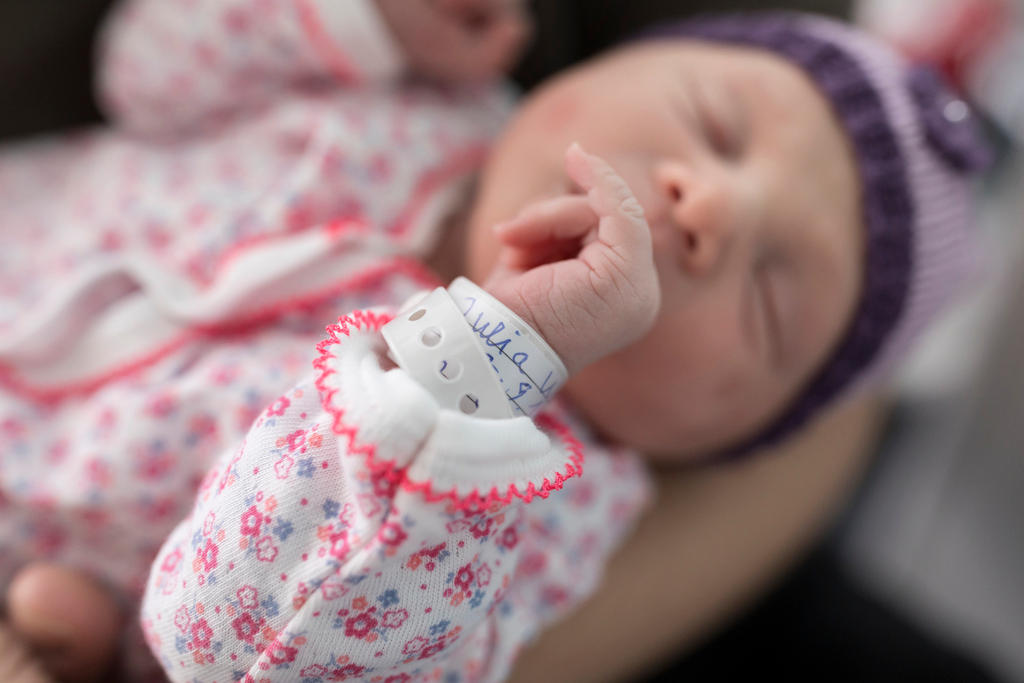
Join the conversation!